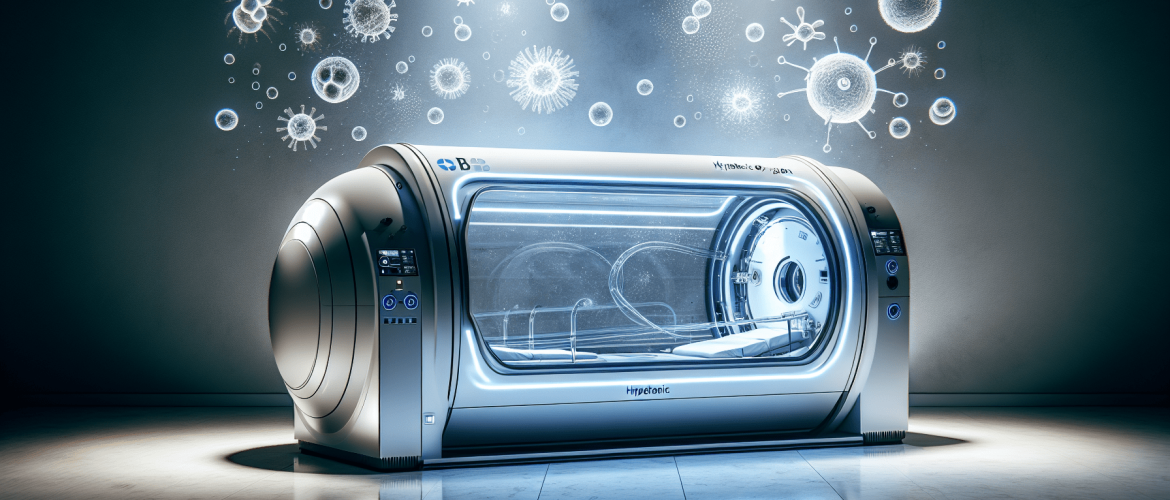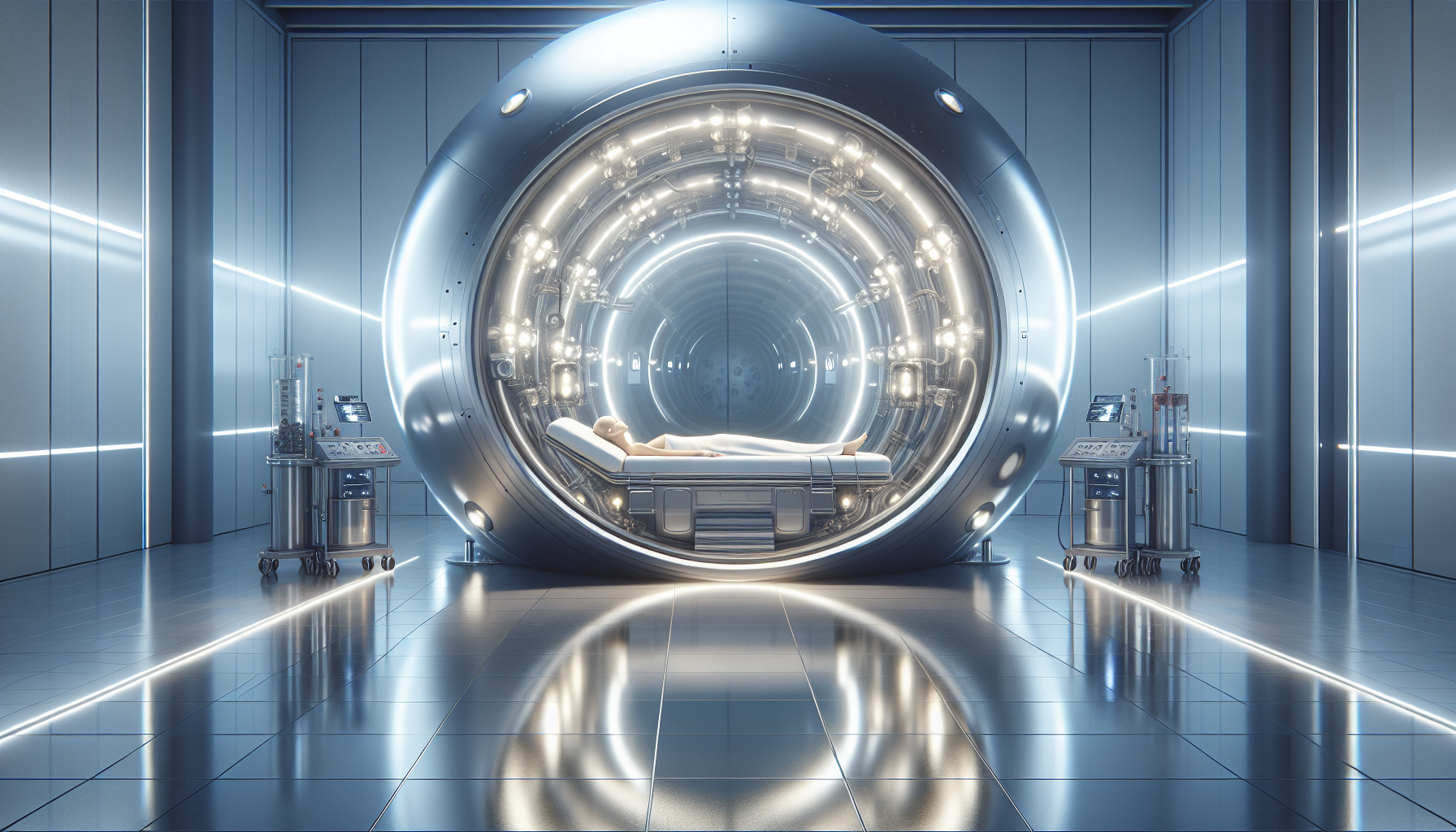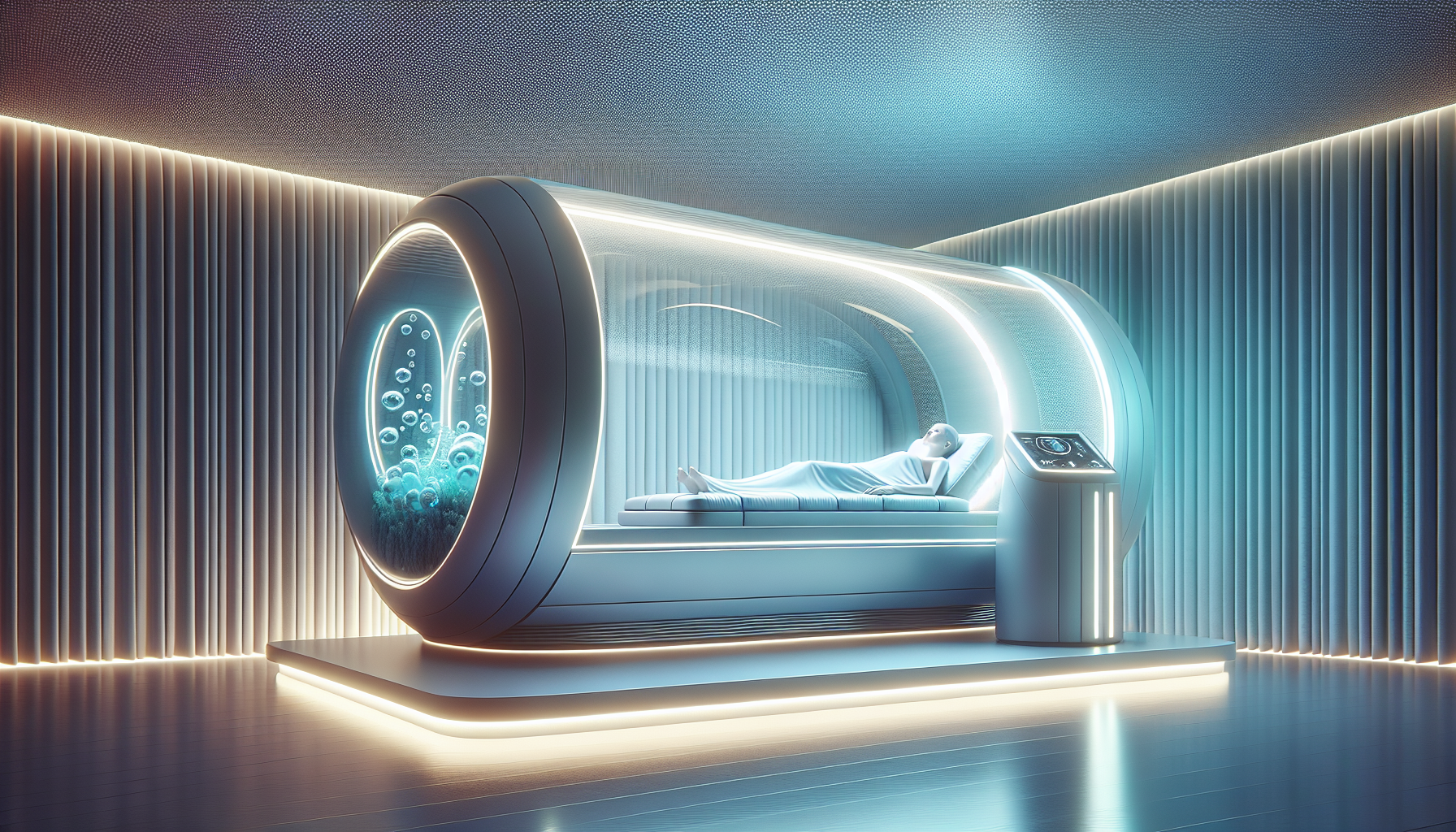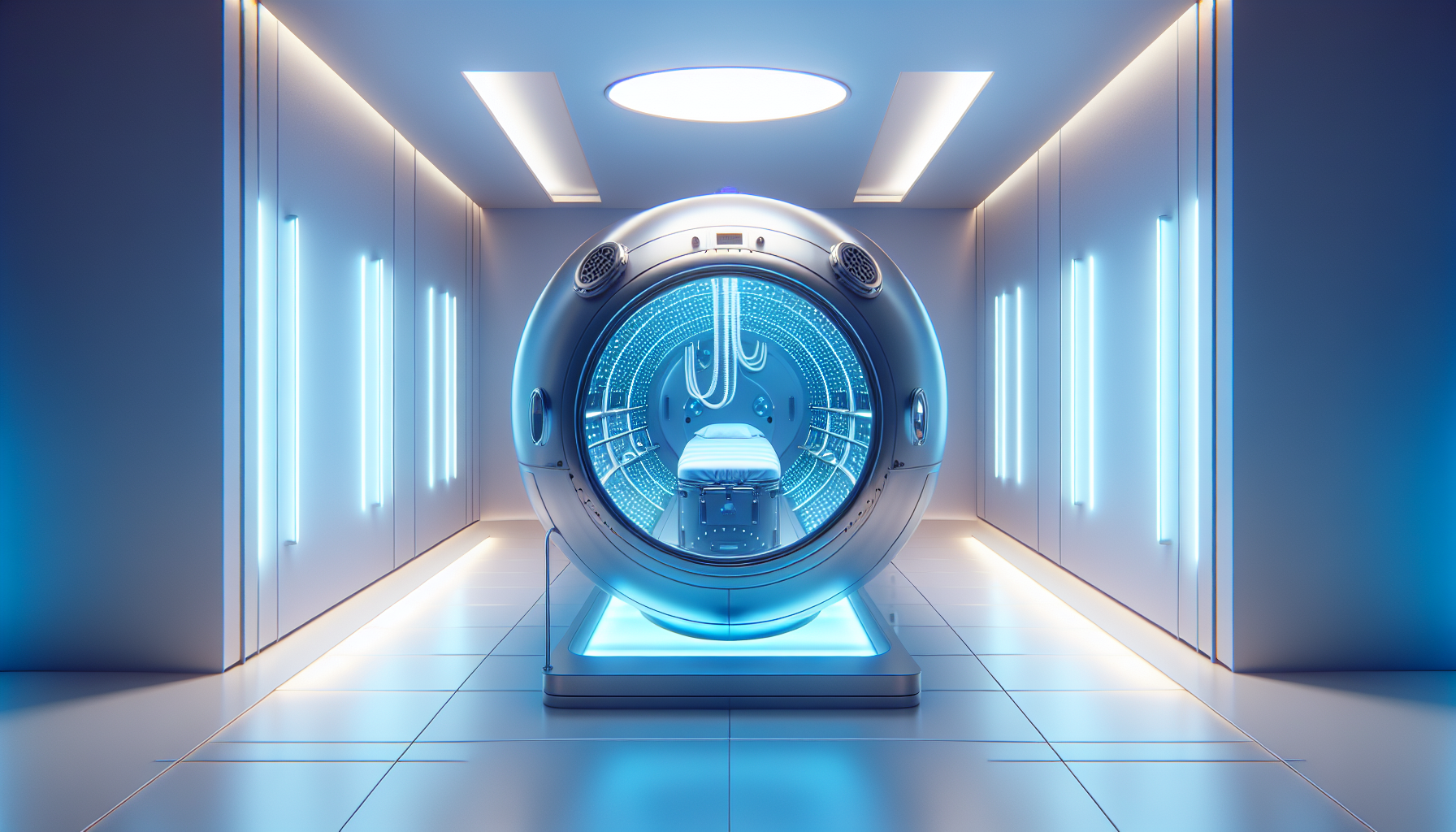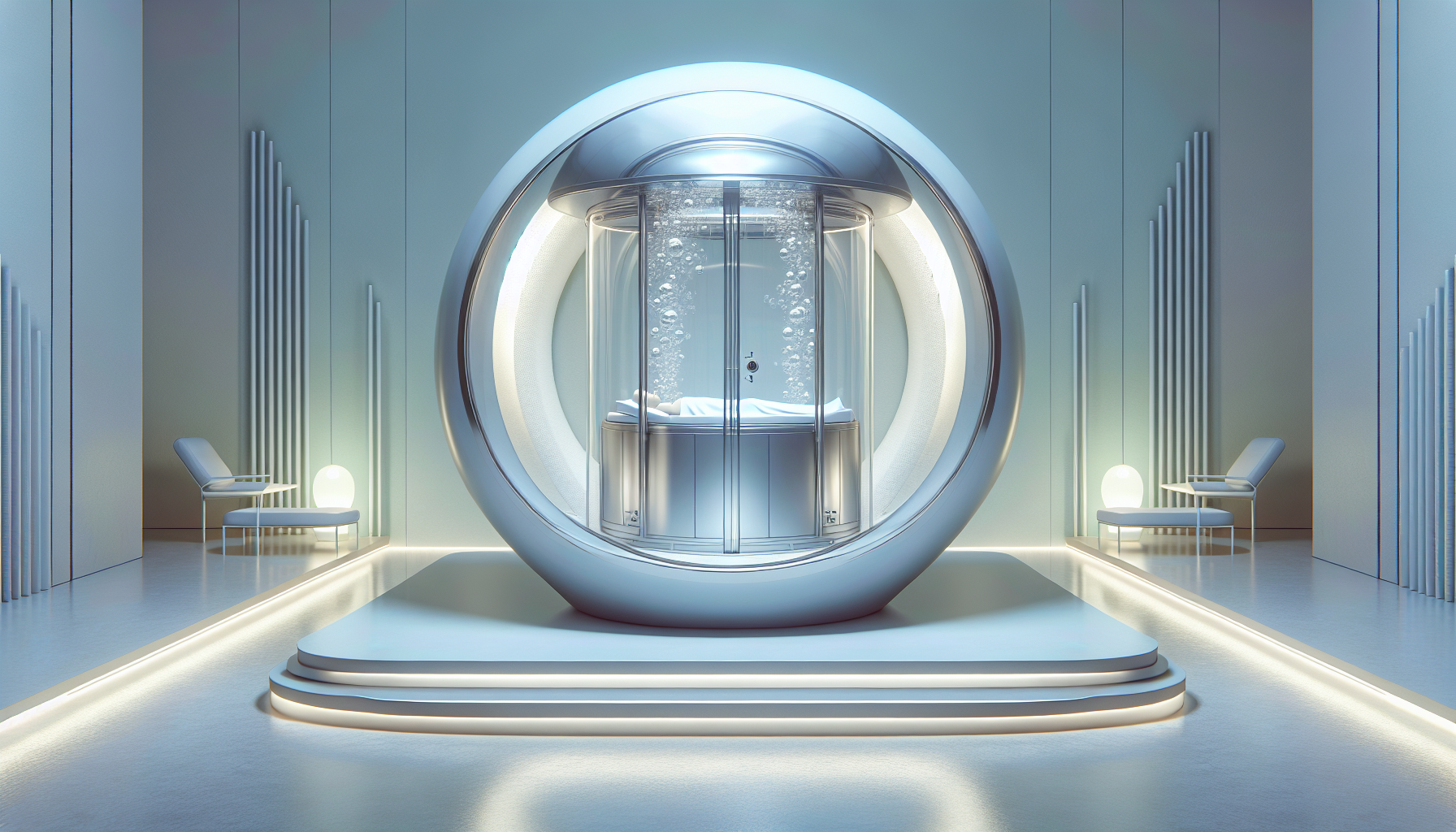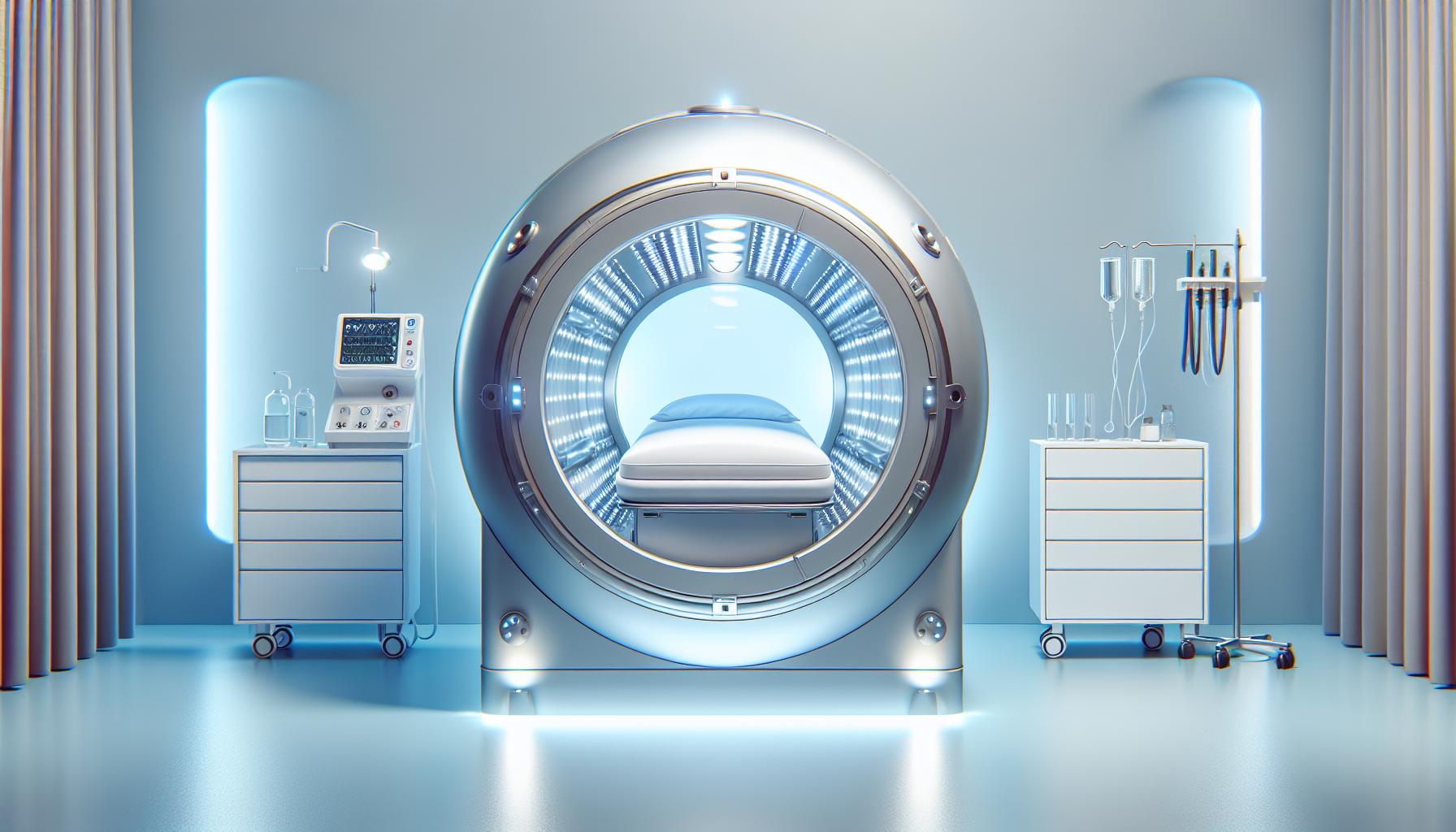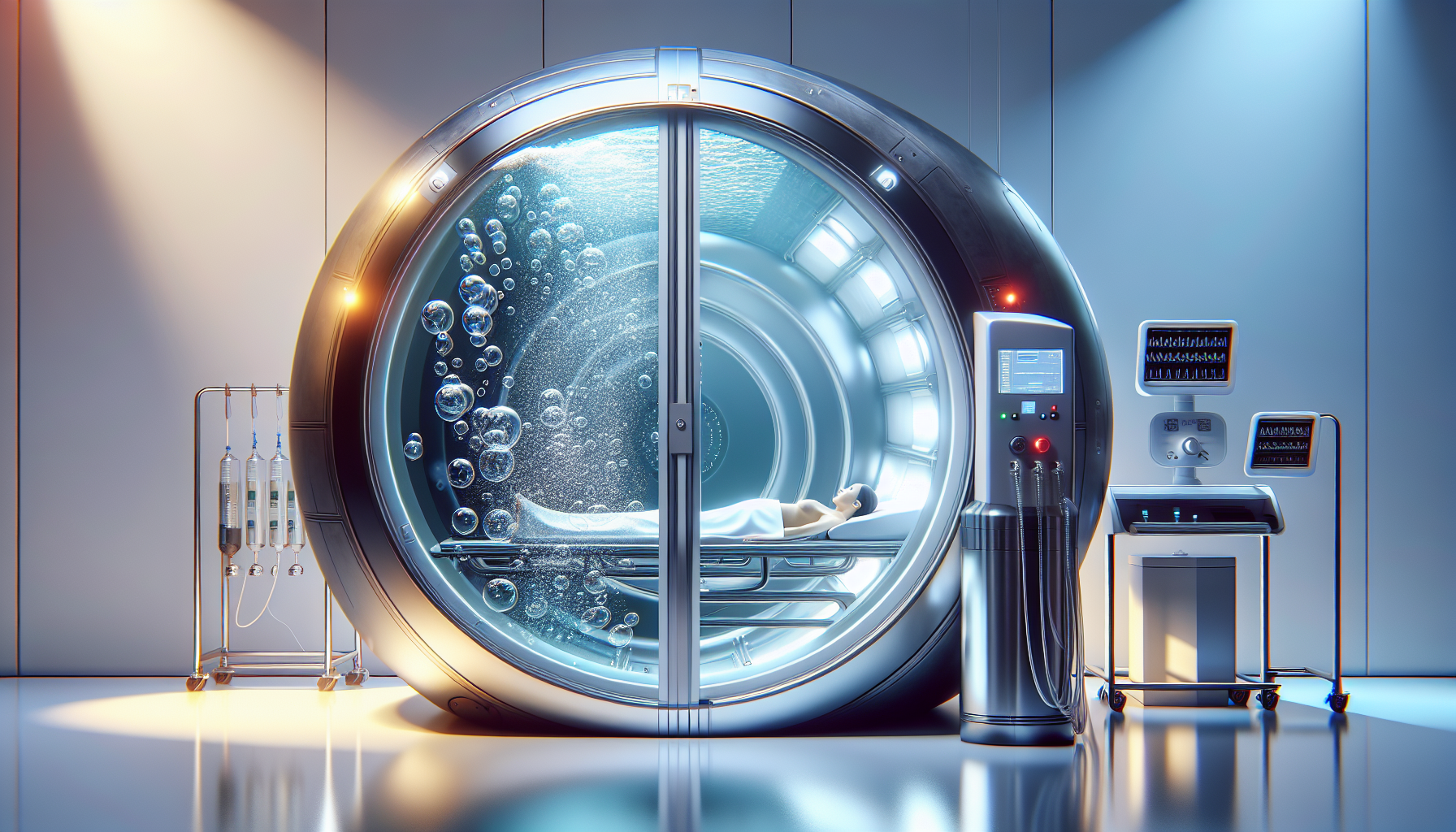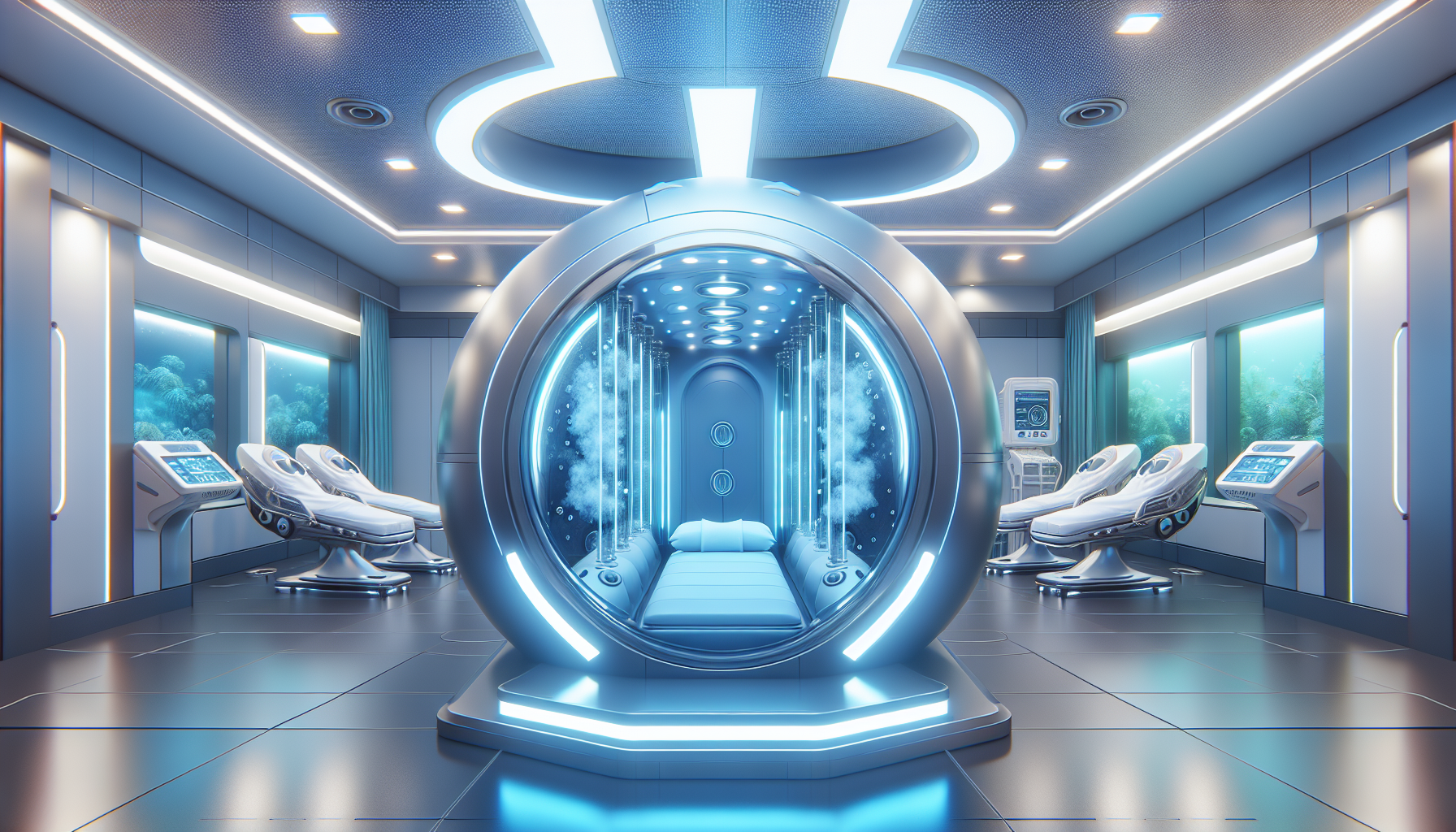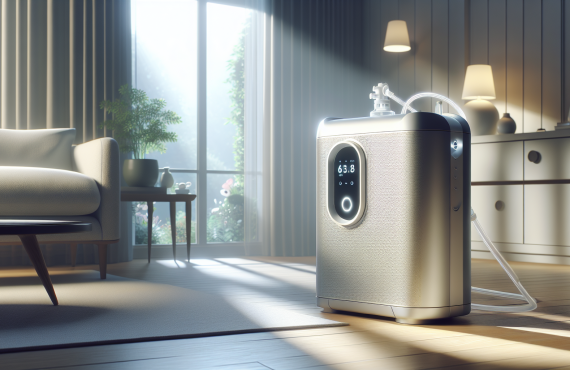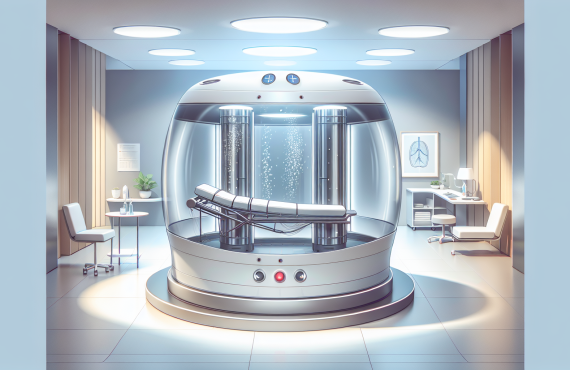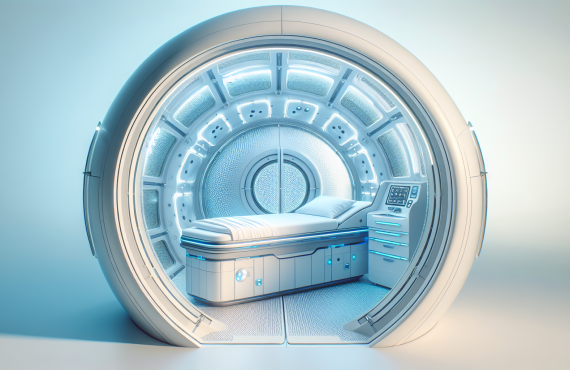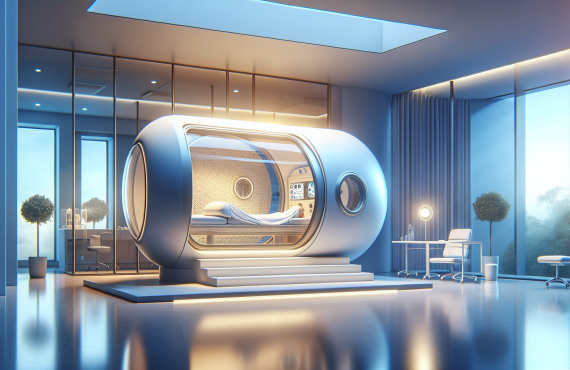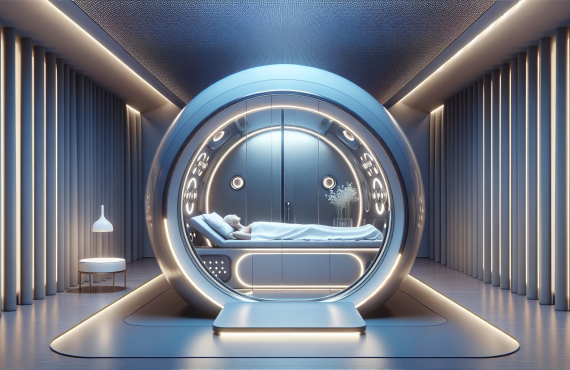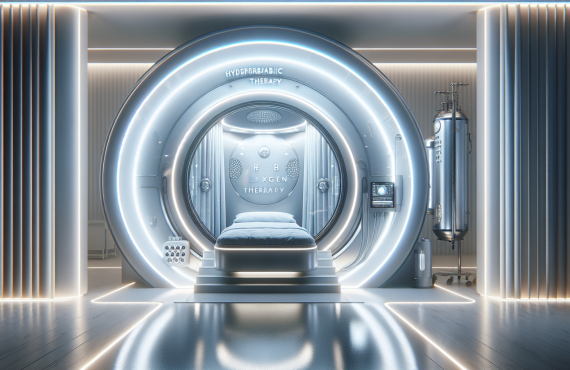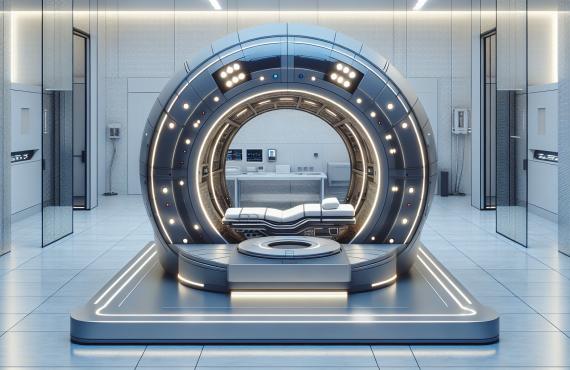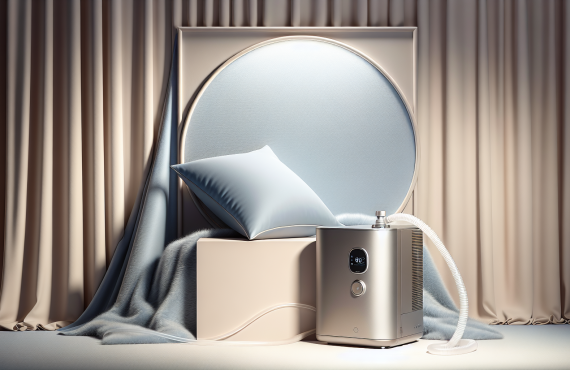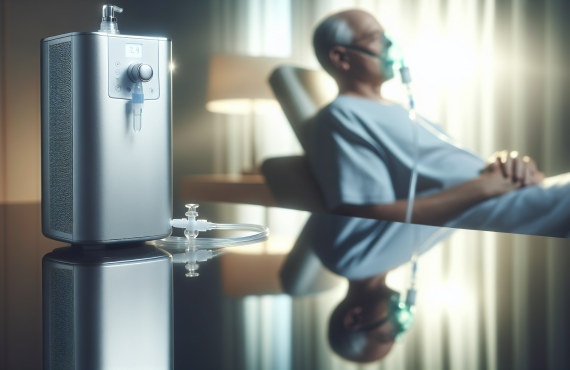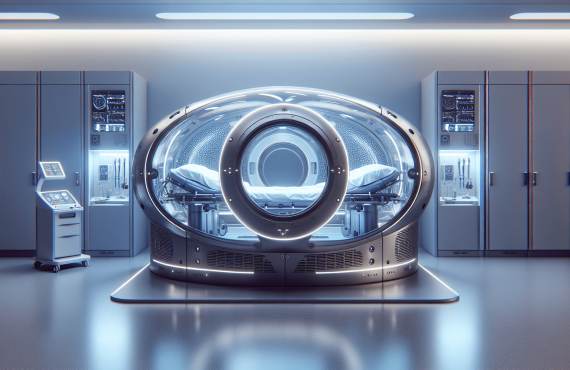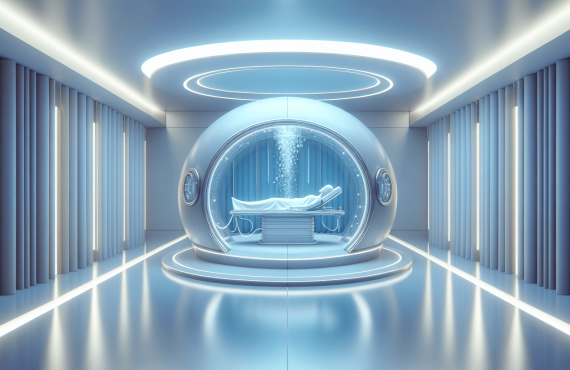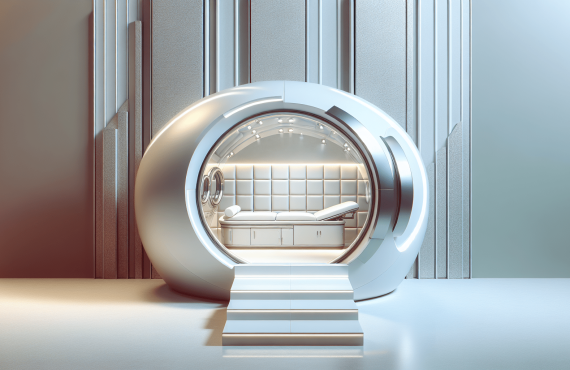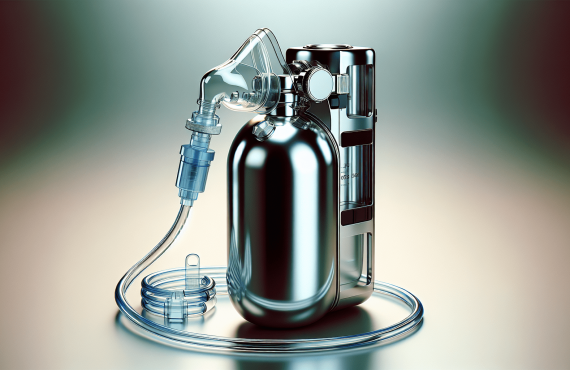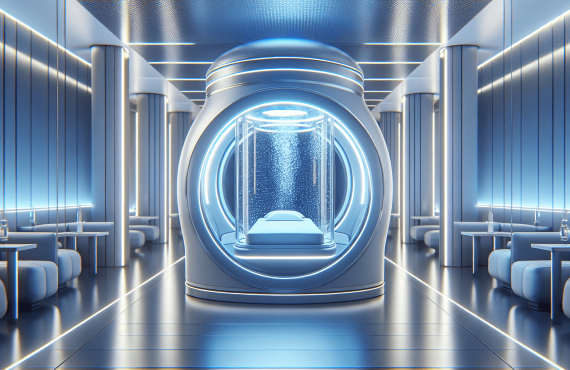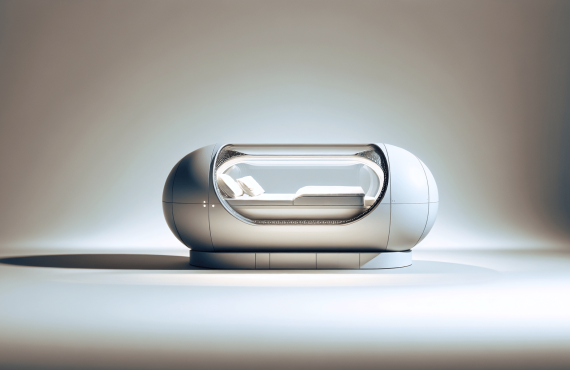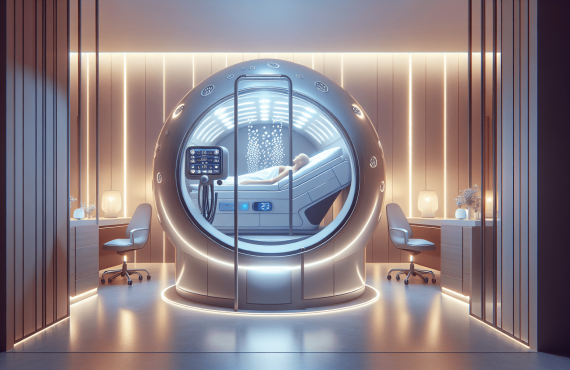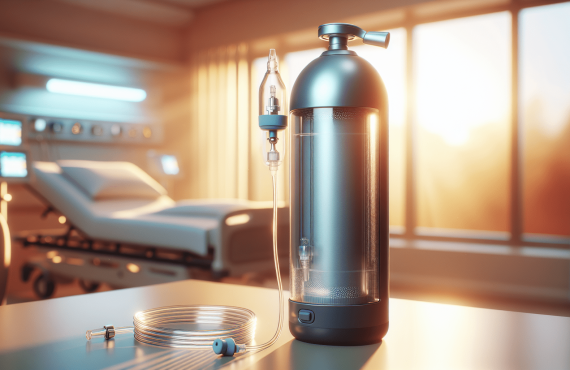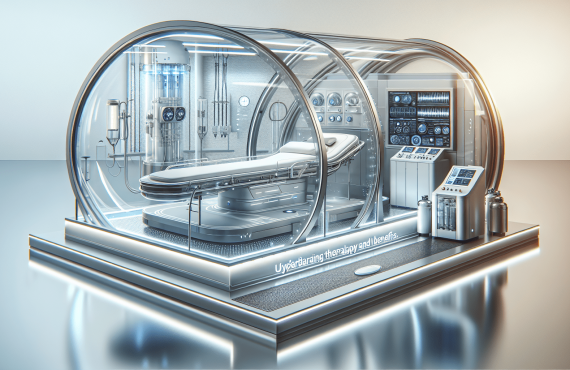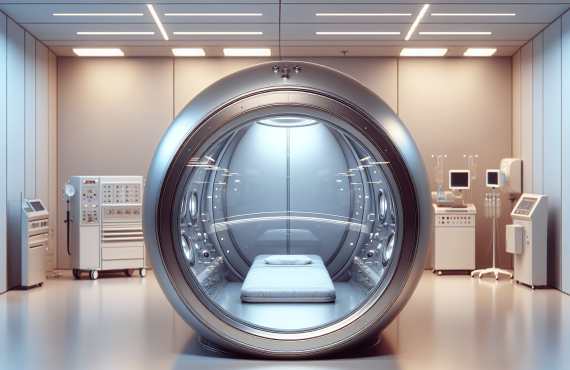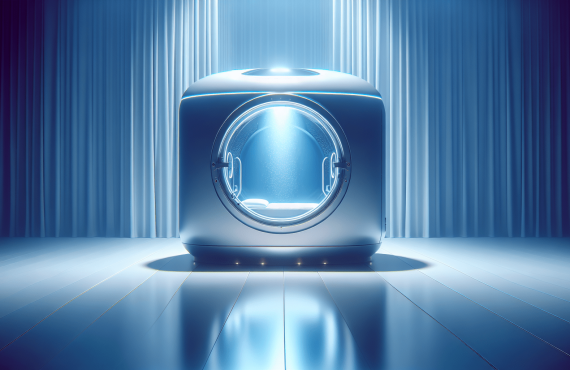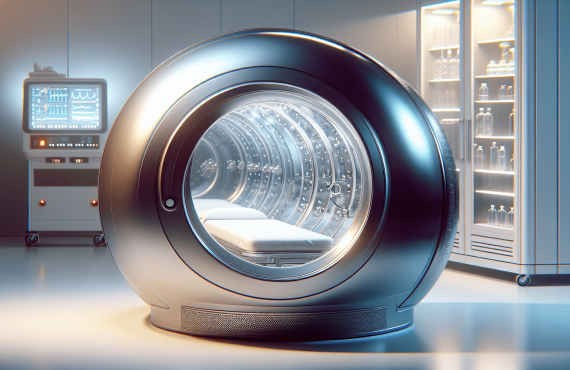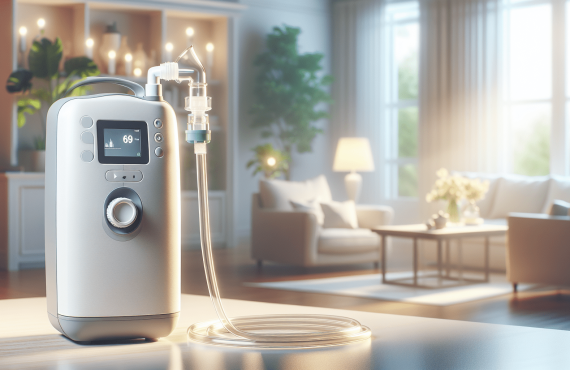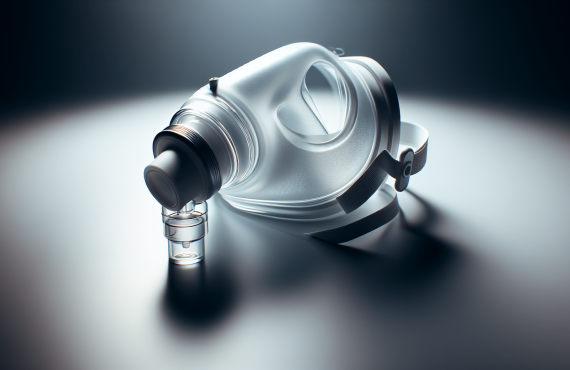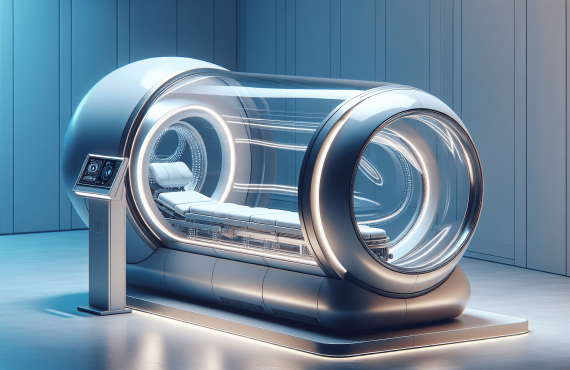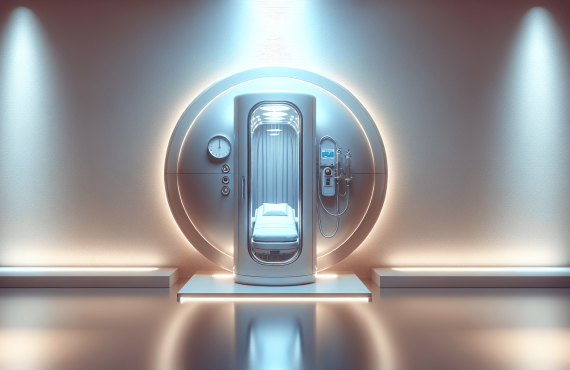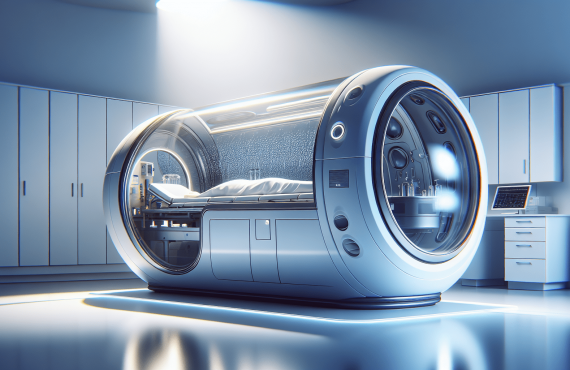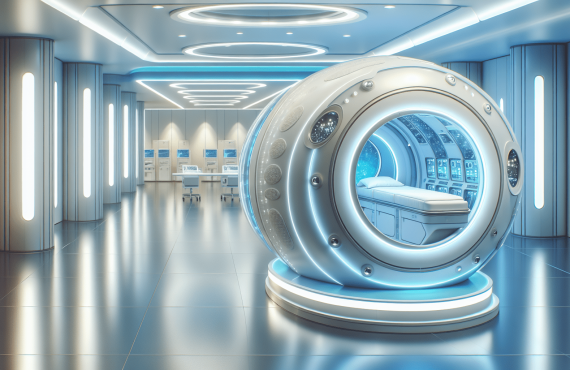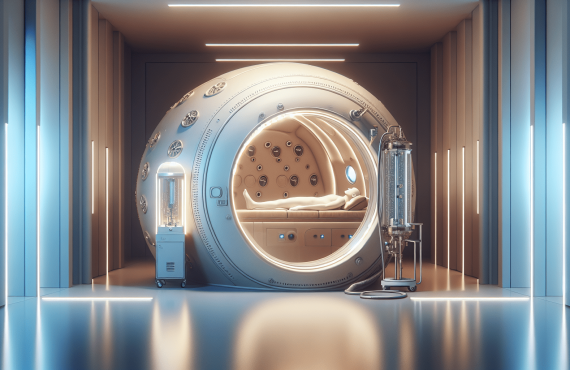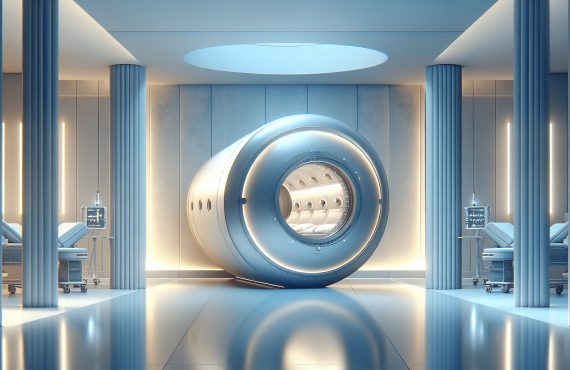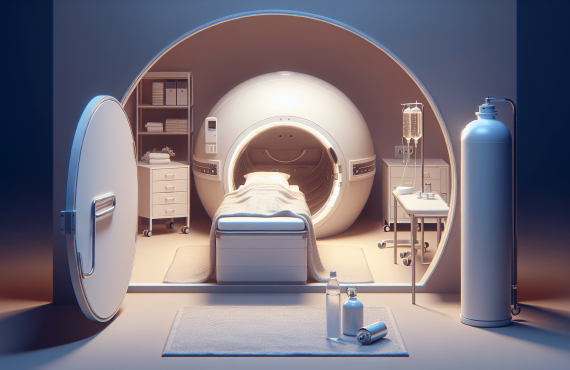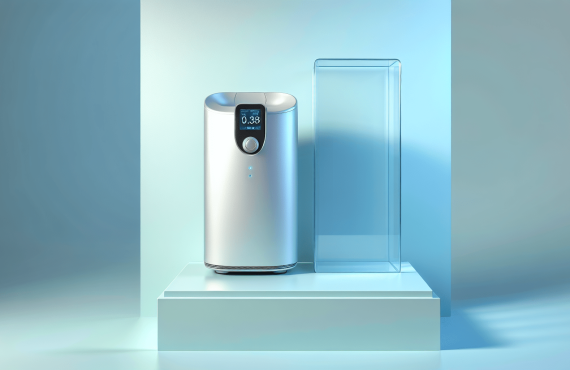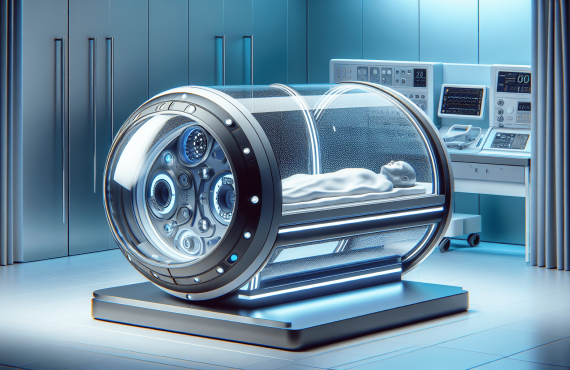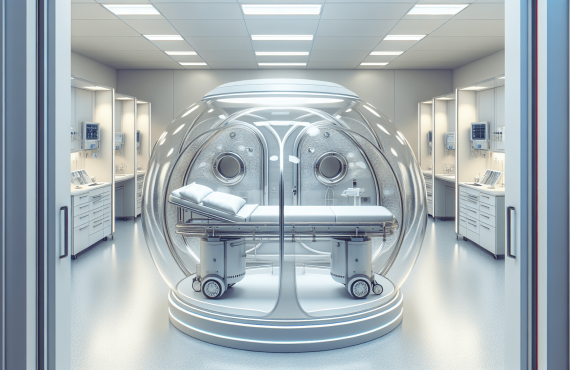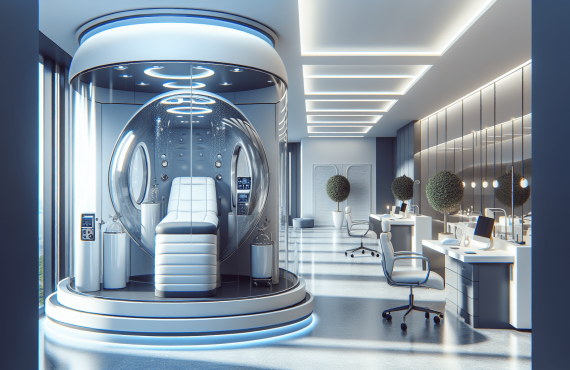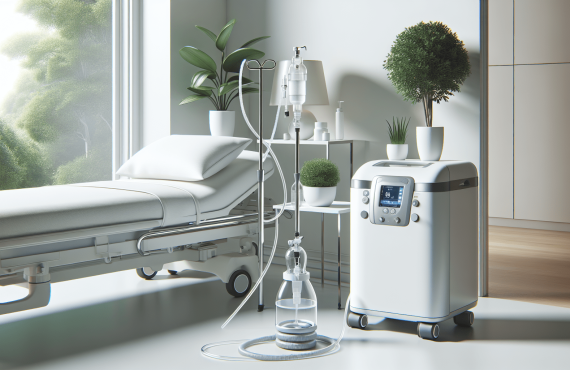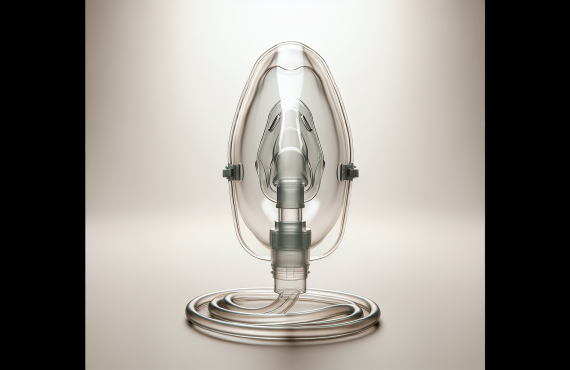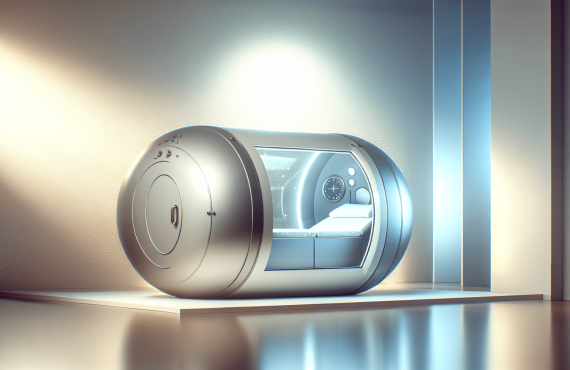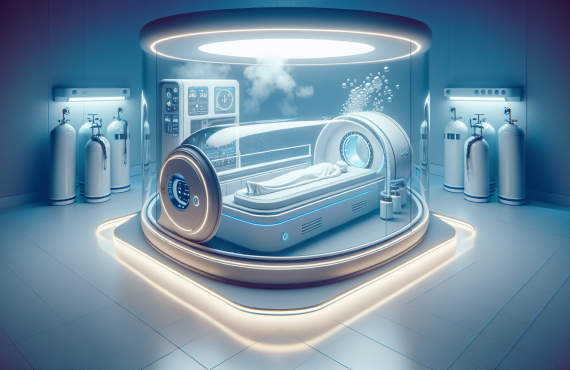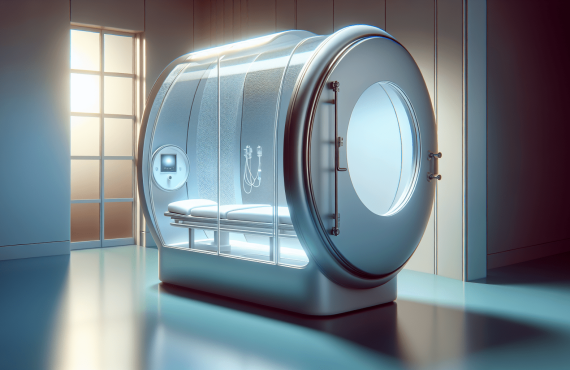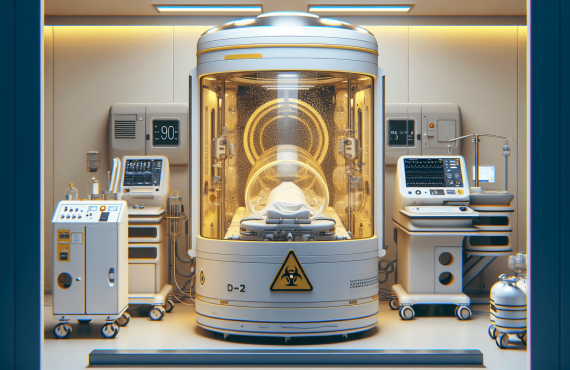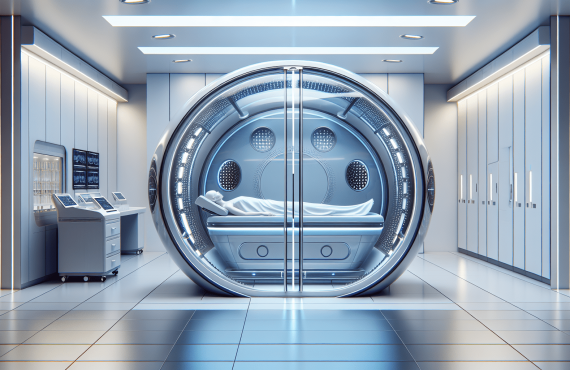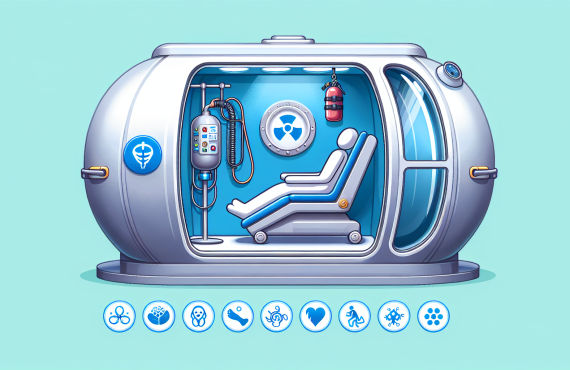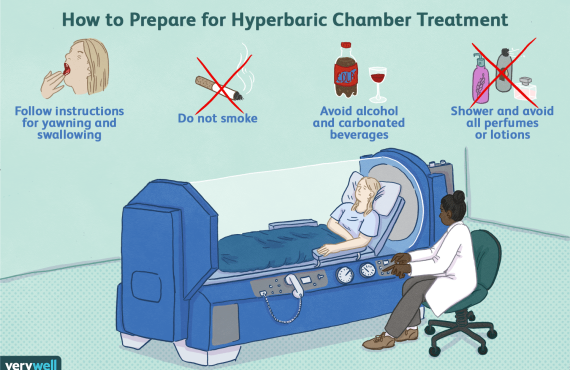Have you ever wondered about what else can be achieved by simply breathing in as opposed to out? The world of medicine is much like the bottomless pit of your grandmother’s handbag—just when you think you’ve explored all of its depths, something else pops out to surprise you. One such fascinating bit is hyperbaric oxygen therapy, a treatment that sounds like it belongs in a science-fiction novel. However, it’s as real and effective as your favorite home remedy, with a hint of modern flair. So, pull up a chair, ready yourself with curiosity, and together let’s navigate the intriguing waters of what infections can be tackled by hyperbaric oxygen therapy.

Table of Contents
Understanding Hyperbaric Oxygen Therapy
What Is Hyperbaric Therapy?
Imagine being enveloped in a bubble of pure oxygen. Hyperbaric Oxygen Therapy (HBOT) is akin to that experience but in a specially designed chamber. The process revolves around breathing pure oxygen in a pressurized environment. The idea is as simple as pie: increase both the pressure and concentration of oxygen around you and reap the numerous health benefits.
The Science Behind It
Under normal circumstances, our lungs diligently fetch oxygen from the air and shuttle it around our bodies via the bloodstream. But imagine your oxygen becoming hyperactive because of increased pressure in a hyperbaric chamber, dramatically elevating the concentration in your bloodstream. This oxygen-soaked plasma finds its way to those sly corners of your body that usually receive limited oxygen under normal conditions. Like a diligent gardener, it fuels the growth of new blood vessels (angiogenesis) and nurtures tissue repair, inflammation reduction, and enhanced immune function.
Infections Treated With Hyperbaric Oxygen
Now that we have the basics sorted, let’s address your pivotal question: what types of infections can HBOT effectively address? Here’s where things truly get interesting.
1. Chronic Non-Healing Wounds
You know those persistent wounds that insist on overstaying their welcome? These chronic non-healing wounds, often seen in diabetic foot ulcers, can find relief through HBOT. The increased oxygen levels foster tissue repair and fight off infections that impede the healing process.
2. Osteomyelitis
Osteomyelitis is a fancy term for a bone infection that can be quite stubborn, much like my uncle refusing to believe in the internet. HBOT provides an oxygenated environment that enhances white blood cell activity, thereby helping eradicate infection and promote bone healing.
3. Gas Gangrene
Gas gangrene requires swift medical intervention due to its rapid progression. Enter hyperbaric oxygen, which inhibits the growth of anaerobic bacteria responsible for this infection. The oxygen levels also fortify the body’s immune response, aiding in recovery.
4. Necrotizing Soft Tissue Infections
These severe infections involve soft tissue death, presenting as a medical emergency. HBOT helps curtail the spread by providing oxygen to the compromised tissues, enhancing healing and supporting antibiotic efficacy.
5. Chronic Refractory Osteomyelitis
This is basically osteomyelitis that’s persistent and tough, almost like that one stain on a white shirt. Fortunately, an increase in oxygen levels promotes an environment unfavorable for bacteria, allowing for improved healing conditions.
Why Choose Hyperbaric Oxygen Therapy?
Potent Immune Function
The therapy enhances immune function, creating an environment where infections are less likely to thrive. It’s like setting up a cozy fire to keep the cold at bay.
Amplified Healing Properties
Increased blood vessel formation and tissue repair mean your body can heal itself more effectively. It’s an invitation to your body’s innate healing abilities to throw an extravagant dance party.
Reduced Inflammation
HBOT swings in like a graceful ballet dancer, reducing inflammation with elegance and precision. This reduction is crucial in the healing process, particularly in infection management.
The Process: What to Expect?
Imagine sitting in a high-tech lounge, dressed in comfortable attire, as you’re gently guided into an HBOT chamber. This chamber can be designed either for individual use or group sessions. Once inside, you breathe deep, relaxed breaths of pure oxygen while the pressure gradually increases. Sessions typically last about 60 to 90 minutes and may be repeated over several weeks, depending on the severity of your condition.

Are There Any Side Effects?
HBOT is generally safe, resembling drinking a soothing herbal tea under the watchful eye of clinical experts. However, as with any treatment, potential side effects exist. They can include mild ear discomfort, fatigue, or, in rare cases, temporary vision changes. Discuss these possibilities with your healthcare provider to get a clearer picture.
Discover the Benefits at Henry Chiropractic
If you find yourself curious or eager to try out HBOT therapy, do make a point of visiting Henry Chiropractic in Pensacola, FL. Operated by Dr. Craig Henry and complemented by the expertise of Dr. Aaron Hixon, they are well-versed in innovative therapies like HBOT. Consider this your personal invitation to learn more about how these therapies could assist with your health needs.
- Henry Chiropractic
- 1823 N 9th Ave
- Pensacola, FL 32503
- (850) 435-7777
- drcraighenry.com
FAQs About Hyperbaric Oxygen Therapy
To cater to your inquisitive nature, here are some frequently asked questions about hyperbaric oxygen therapy:
1. Is Hyperbaric Oxygen Therapy Safe?
Yes, under professional oversight, HBOT is safe and conducted with strict safety protocols in place. It’s akin to enjoying your favorite dessert with a nutritionist ensuring the calories are guilt-free.
2. How Many Sessions Will I Need?
The number of sessions varies based on your specific condition and response to treatment. Typically, a series of 10 to 40 sessions might be recommended, but it’s best to consult your healthcare provider for a personalized plan.
3. Are There Alternatives to HBOT?
Certainly, there are other therapies available, but HBOT offers unique benefits in its approach to oxygen delivery and tissue repair. Always discuss treatment options with your healthcare provider to understand what suits you best.
4. Will Insurance Cover HBOT?
Insurance coverage depends on the condition being treated and your specific insurance policy. It’s always a good practice to check with your provider for detailed coverage information.
5. Who Should Avoid HBOT?
While HBOT is widely accepted, individuals with certain conditions, such as untreated pneumothorax, may need to avoid it. A thorough medical evaluation is crucial to determine its suitability for you.
Wrapping up, we find ourselves back in the realm of reality, having explored a precise yet profound treatment option—hyperbaric oxygen therapy. If you feel empowered with knowledge or have more questions, your health-circle fan club, including the team at Henry Chiropractic, is just a call away. Let this be your step towards discovering more about this therapy and finding out if it’s aligned to aid your journey to better health.


